It was my first time to visit Sagada and I didn’t have expectations on what we would see and experience here. My knowledge of the place was also limited. The only thing I know was that it’s where some of the scenes of the rom-com movie “That Thing Called Tadhana” starring Angelica Panganiban and JM de Guzman were filmed. We traveled by car via a private tour company and took the Banaue Route (Banaue Rice Terraces), where we stopped by shortly for a photo-op. The ride was twisty and bumpy, and it took us about 12 hours from Manila to get to our inn. In this post, I’m featuring the top 10 iconic tourist attractions and stories that make up our short vacation in Sagada after Holy Week.
Trip to Sagada: Top 10 Tourist Spots We Visited (Mountain Province)
1. Sumaguing Cave
Straight from our long travel from Manila, after leaving our bags in the hotel, we went to Sumaguing Cave. This cave in Sagada Mountain Province is a very well-known spelunking site which can be both fun and dangerous. It’s a must-do for those who are adventurous and free-spirited, but not for the faint of heart.
There was a report about a death of a 15-year-old boy who slipped and died just a few days before our trip. The rescue teams and Sagada town police failed to save the boy’s life. With the tragedy, I guess the key takeaway is: do not enter the cave without a guide and when in doubt, don’t attempt to enter at all.
I did not have pictures of the cave since we were advised to leave all our belongings, including cameras and phones, in the car to prevent losses and damages. It’s very dark inside Sumaguing Cave, and lights were provided only by the local guides. The rocks were slippery so it’s a challenge to find a good balance with every step going down. Wearing comfortable and stretchy pants is a must.
There are two entry points to the inspiring cave system. We chose the easier one, where expected completion time is about three to four hours. The other entry point requires double the time for the entire caving experience and can be more physically demanding. It’s a real test of endurance, patience, flexibility, and stamina. I look up to senior citizens and children who finished the exploration. It’s not for everyone, but it’s definitely worth a try.
What to expect to see inside (aside from pitch-black view)? Witness a cavern filled with wonderful rocks and curvatures. Let your imagination run wild. It gets a bit crowded though because of the time it takes having to go up and down the cave. There’s flood-like water up to the chest so get ready to be wet. Bring a set of clothes to change into after spelunking. For footwear, wear flip-flops or waterproof hiking shoes or go barefooted if necessary. Comfort rooms are available for washing and bathing.
2. Hanging Coffins of Echo Valley and St. Mary the Virgin Episcopal Church
The hanging coffins of Echo Valley are the second most popular attraction in Sagada after Sumaguing Cave. It was another day of hiking and our leg muscles were beginning to sore. 😛 Anyway, to see the hanging coffins up close and discover the mystery behind, we walked past the cemetery and hiked into the valley. This took us less than an hour.
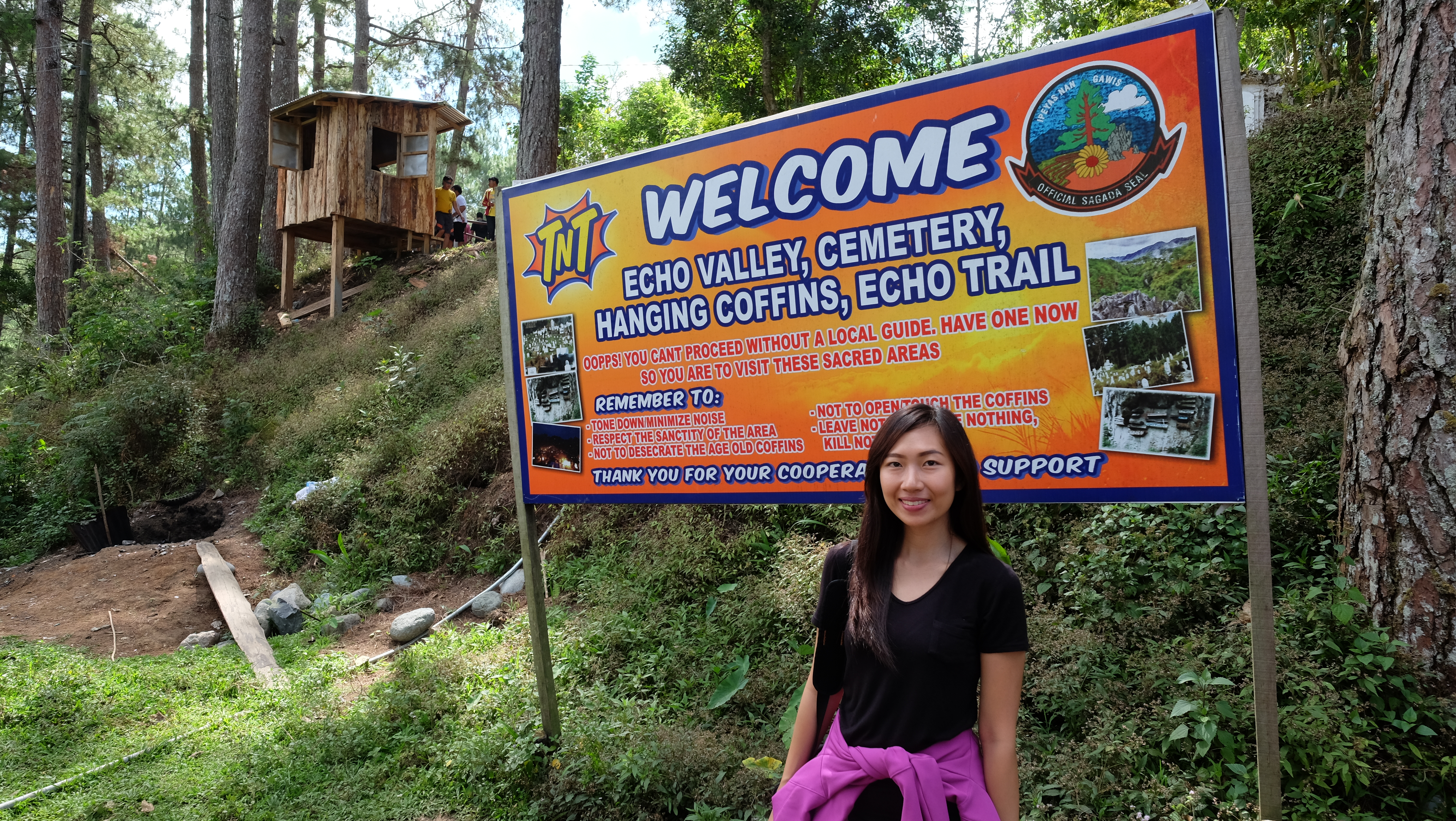
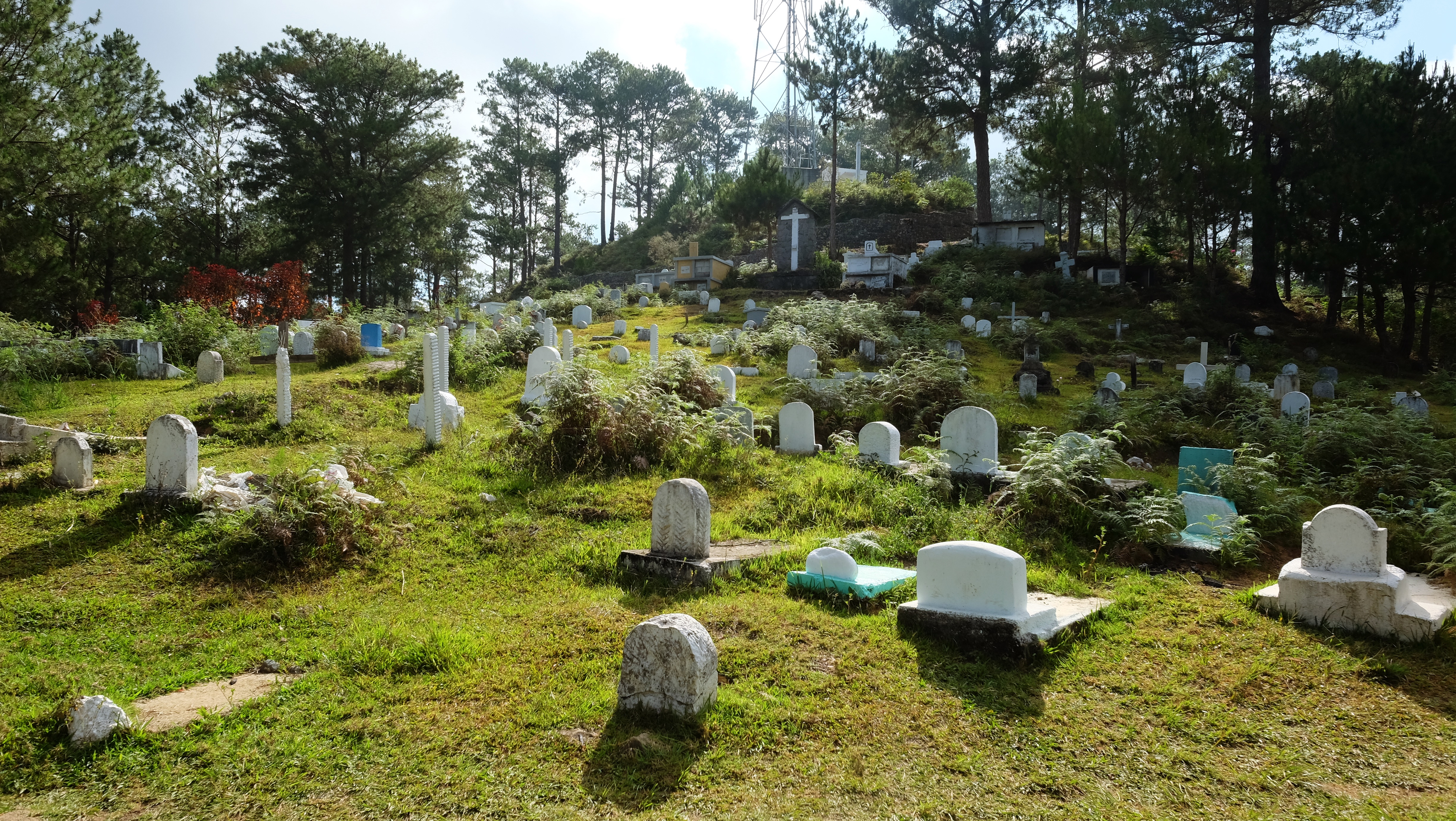
We hired a guide from the Sagada tourism office. He told us about the death rituals of the Igorot people, the history of some commemorative headstones, and more interesting facts that made us just nod our heads in awe.
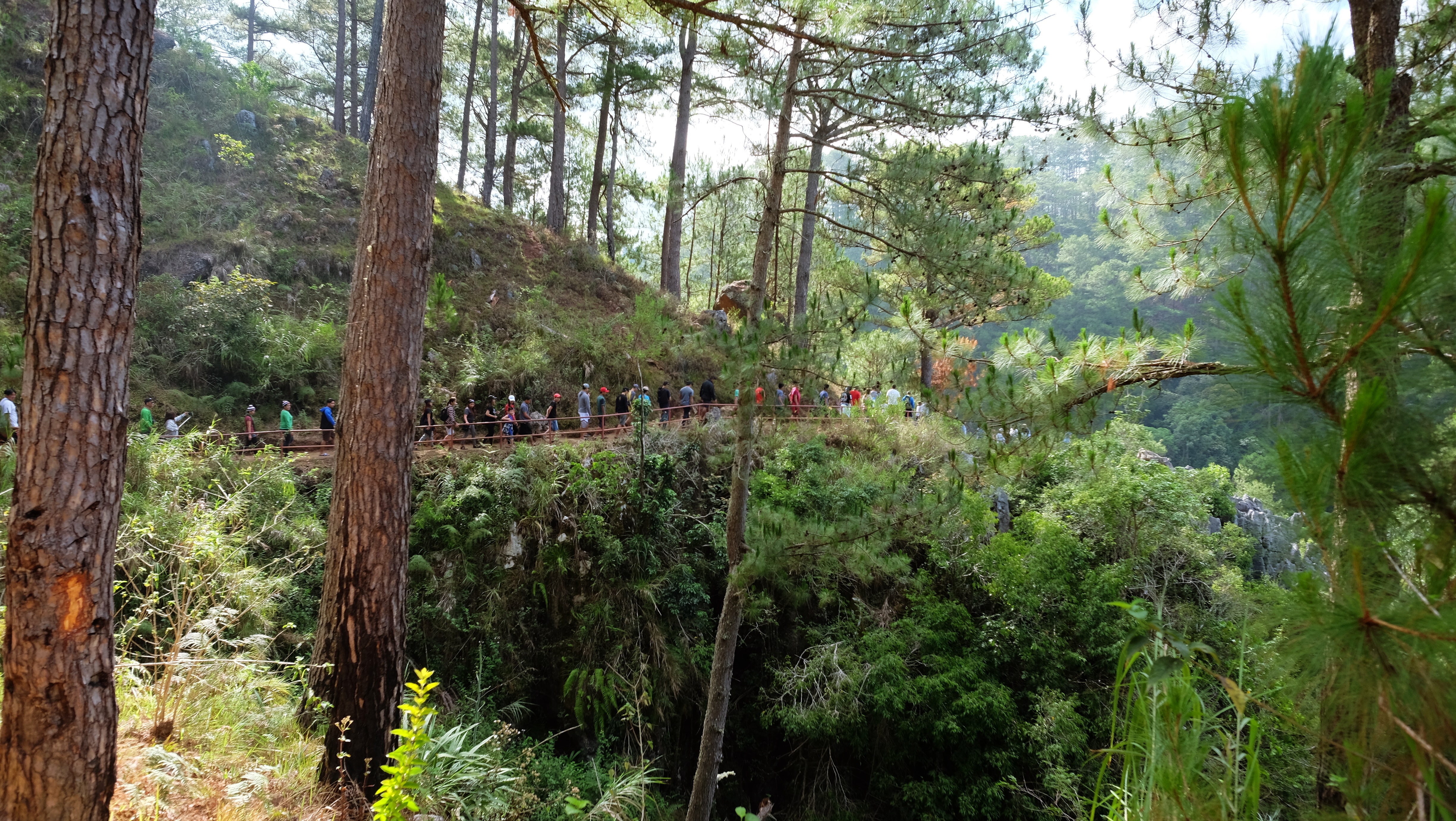
The practice of hanging coffins is being done in societies in China, Indonesia, and the Philippines for thousands of years. According to their belief, the younger generations of the ancient Igorot elders will benefit spiritually from the success of the burial, and only true-blooded Igorots who died from natural cause can be put inside the suspended coffins. During burial, family members of the deceased may carry the corpse to its waiting coffin at the cliff edge in order to be contaminated by the bodily fluids. These fluids are thought to contain the talent and luck of their dead relative.
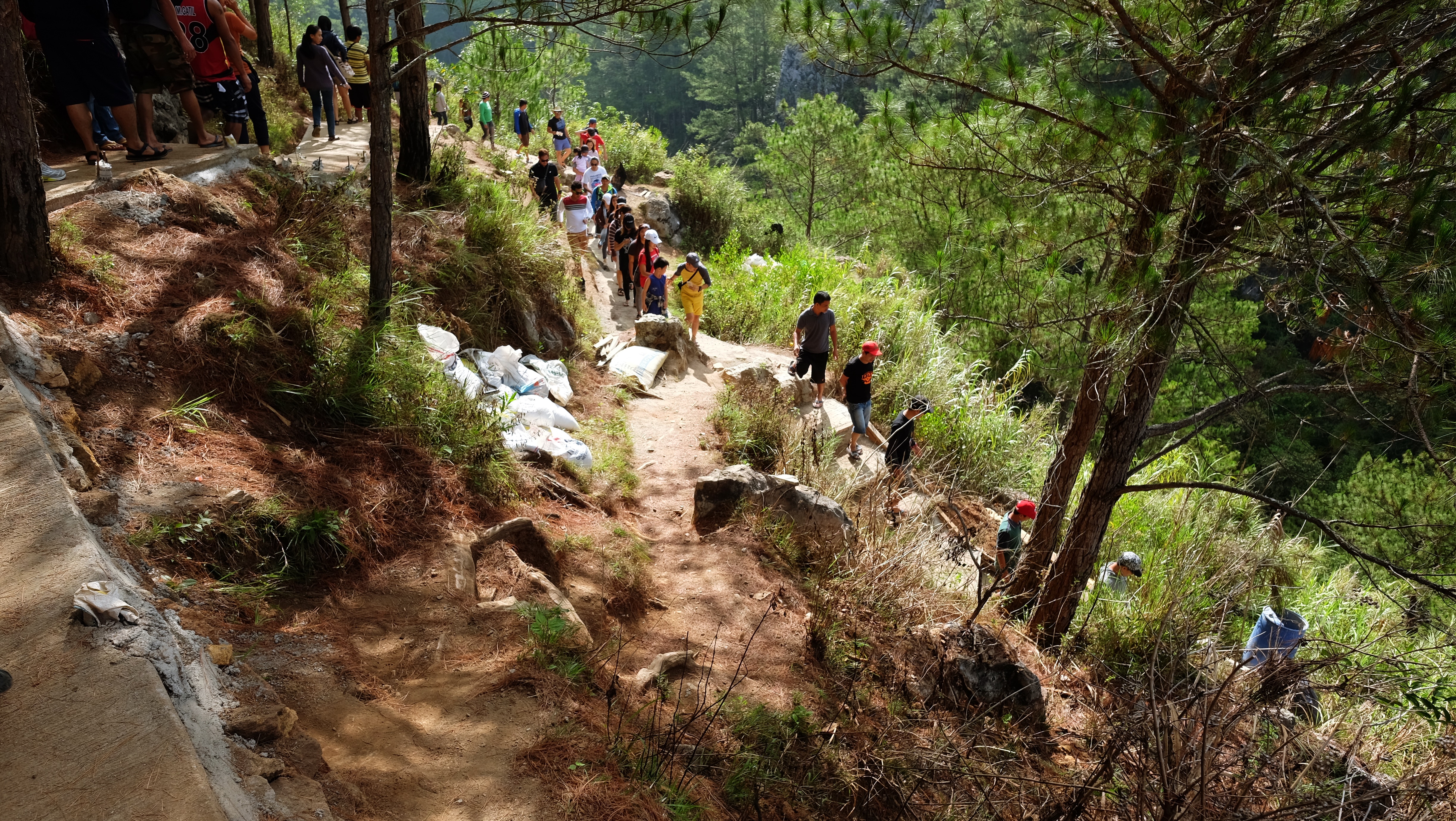
We saw small coffins and thought these were for children. What’s true is that by tradition, cadavers were forced into a fetal position to mimic the position of a baby within a coffin carved from a tree trunk. It is believed that souls should leave the earth the same way they entered it. Knowledge of the practice is passed down through word of mouth by Applai elders. Our local guide is also an Igorot and told us that the coffins are perched on the cliff and on the rocks also for pragmatic reasons. They’re protected from wild animals and humans (who steal bones and other stuff from the coffins).

We also visited St. Mary the Virgin Episcopal Church, the main Episcopalian church in Sagada. It was built in the 1900s and was founded by the Reverend John Staunton who came to Sagada to spread the Christian faith to its local people. Sagada is a predominantly Protestant community, with 95% of its population sharing the faith.
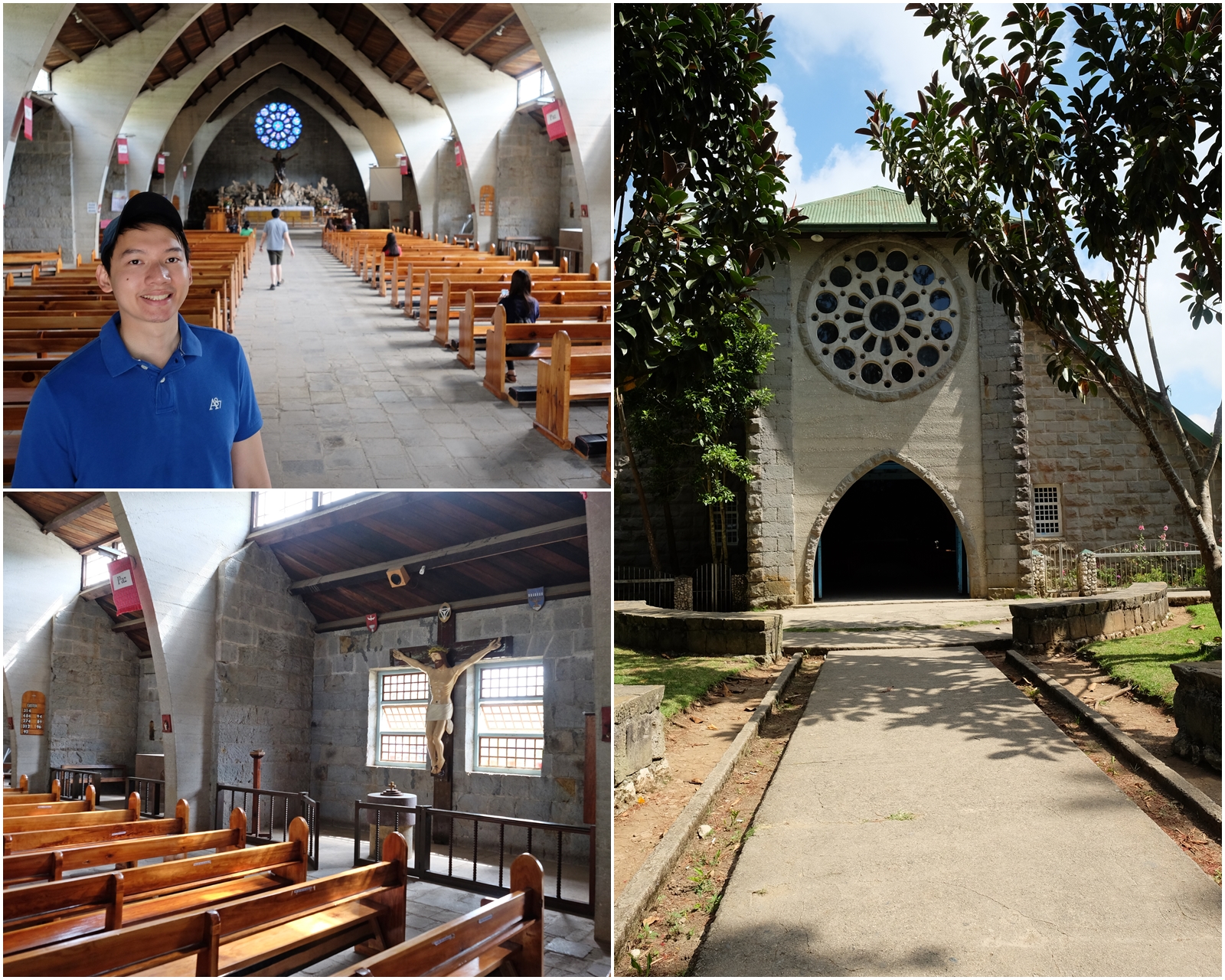
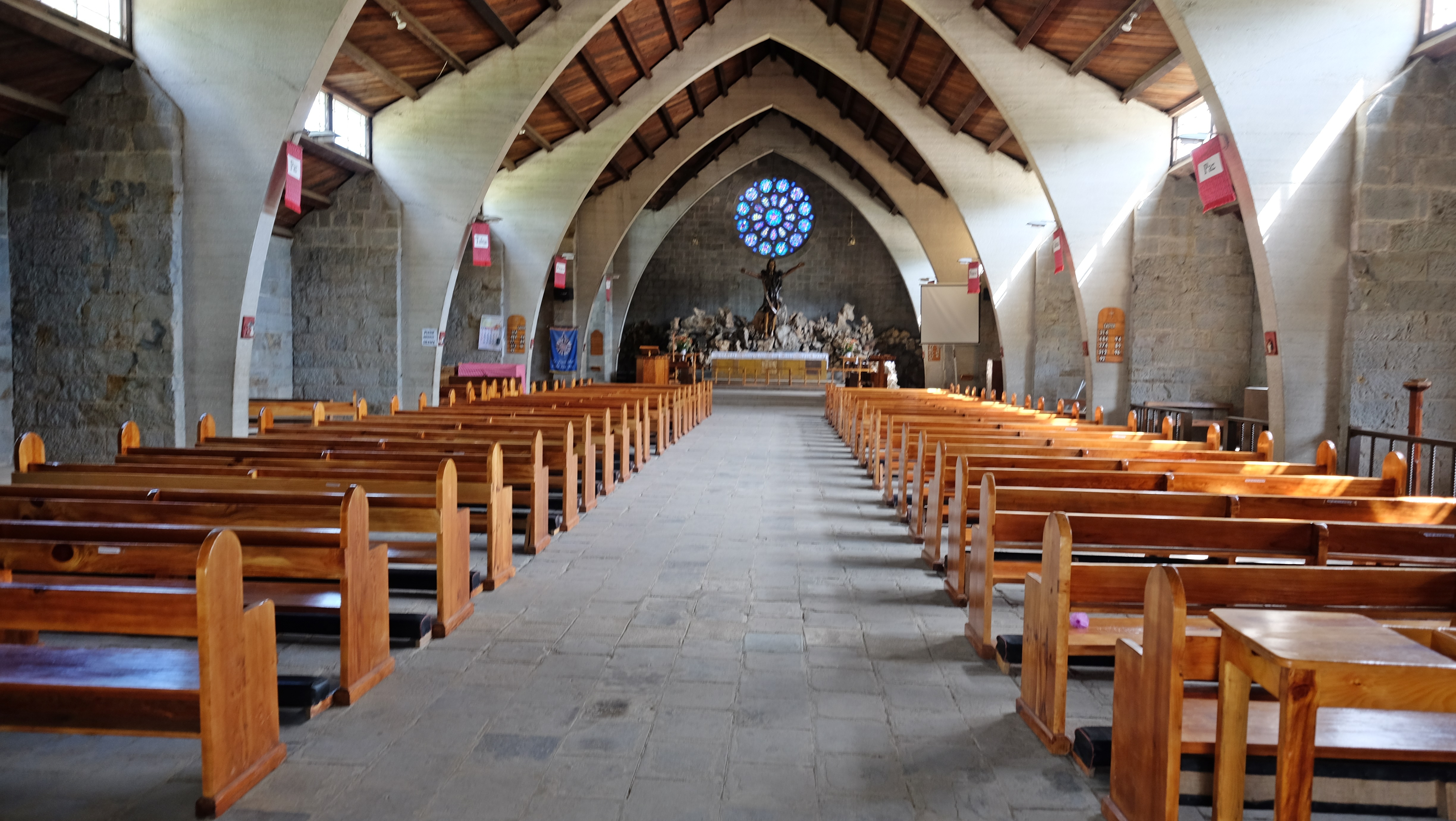
3. Bomod-ok Waterfalls
Hidden behind rice paddies and small mountain villages, Bomod-ok Waterfalls is known locally as the Big Falls. I thought it’s pronounced as “Bomod-okay” but it’s correct to say just “Bomod-ok.” Bomod is a Bontoc term that means big. Our guide said it’s a nice, leisurely walk to get to the falls, but then the trek took about two to three hours. I was wearing a jacket not because it was cold but to protect my skin against the sun. It was too hot, but a sunny day is still better than a rainy day when trekking to the falls.

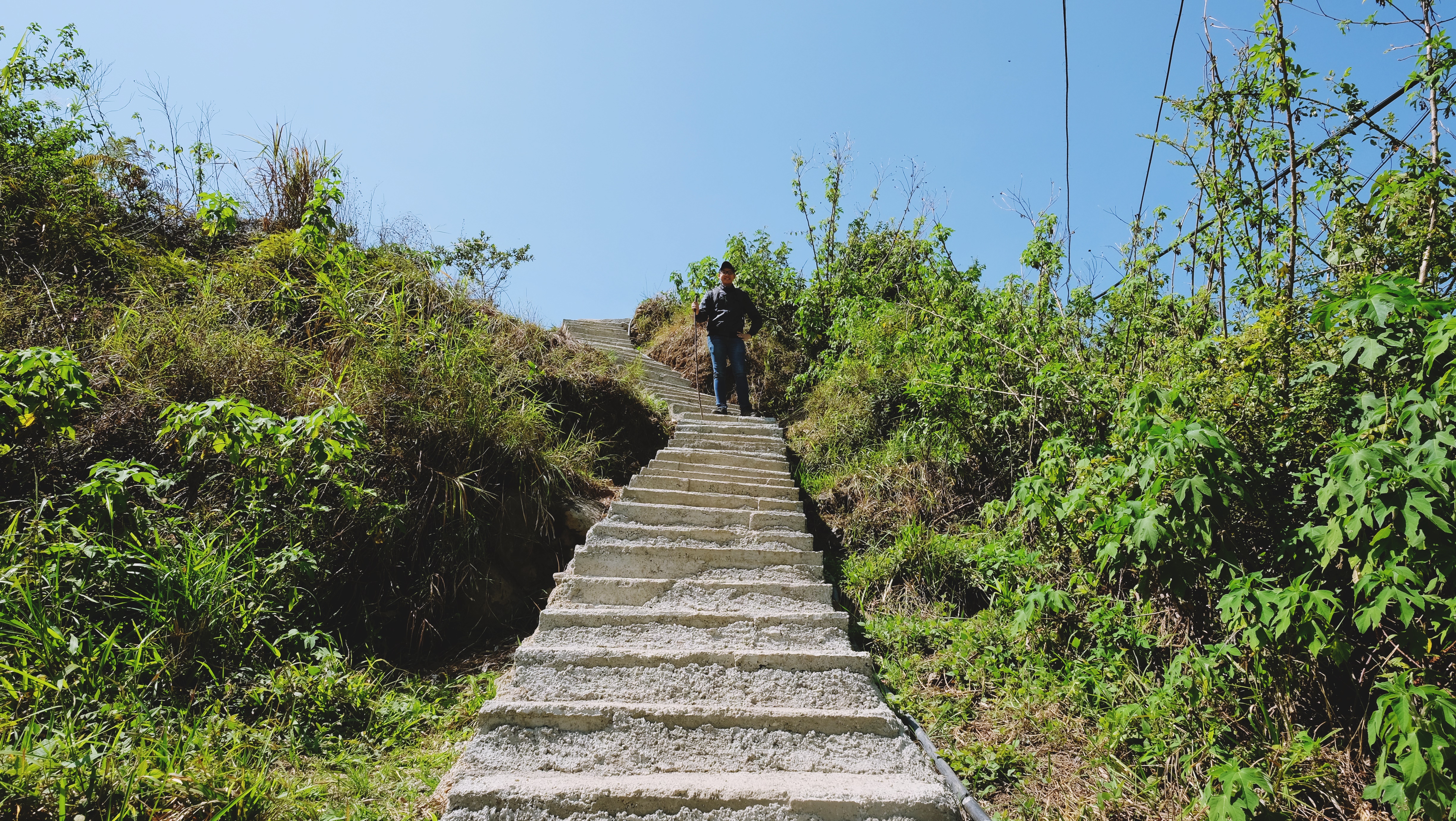
The pathways may be narrow but they’re well-maintained, consisting of a series of (unending, it felt like) stone stairs that are mostly descending. God bless your knees. I stopped counting the steps when we reached the hundredth and I was glad I did. It’s way farther than we expected! These same steps are taken by locals if they need to go to the upper part of the town like the hospital. For those who aren’t physically able, villagers help them out and carry them all the way. God bless these people.


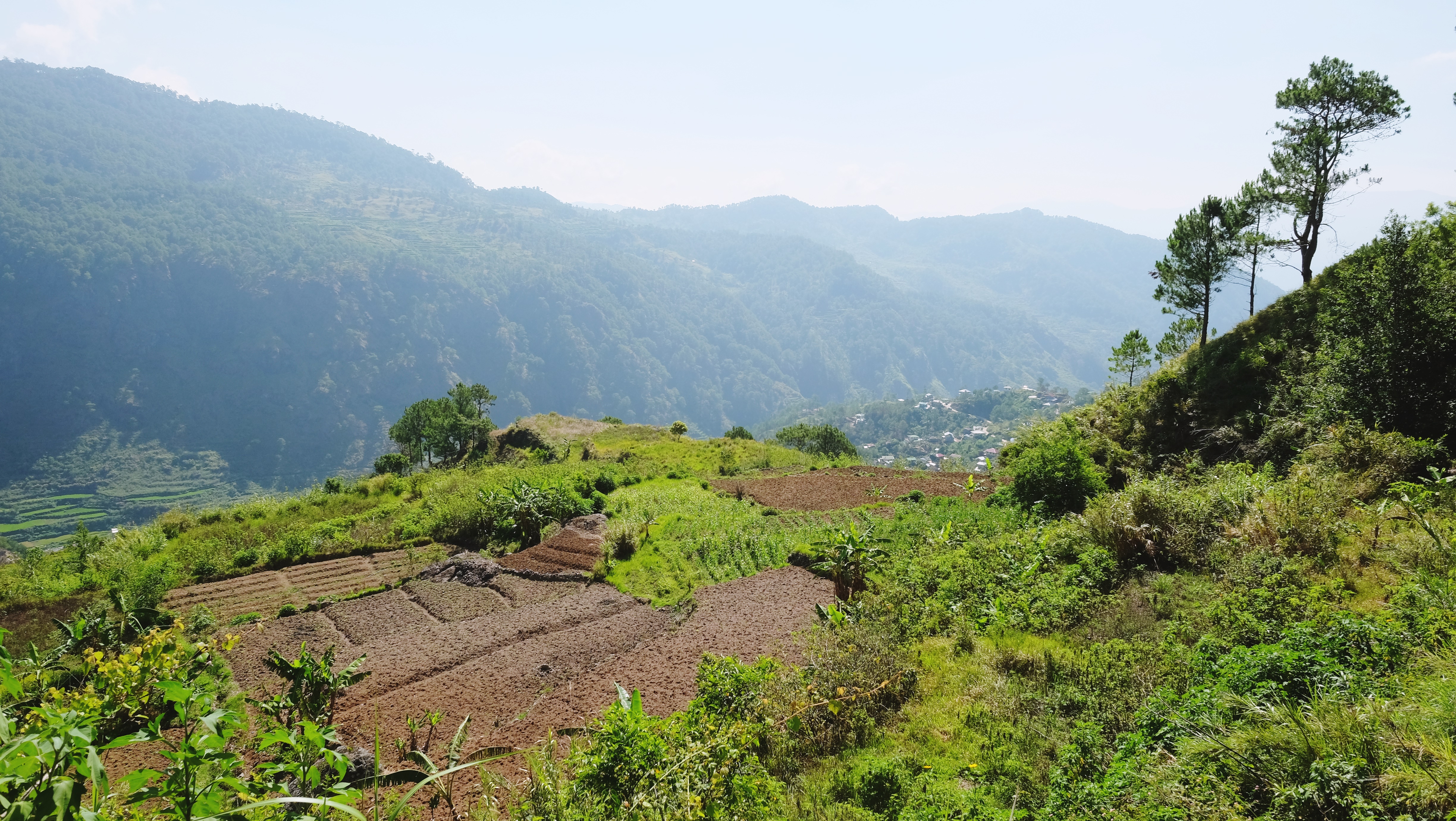
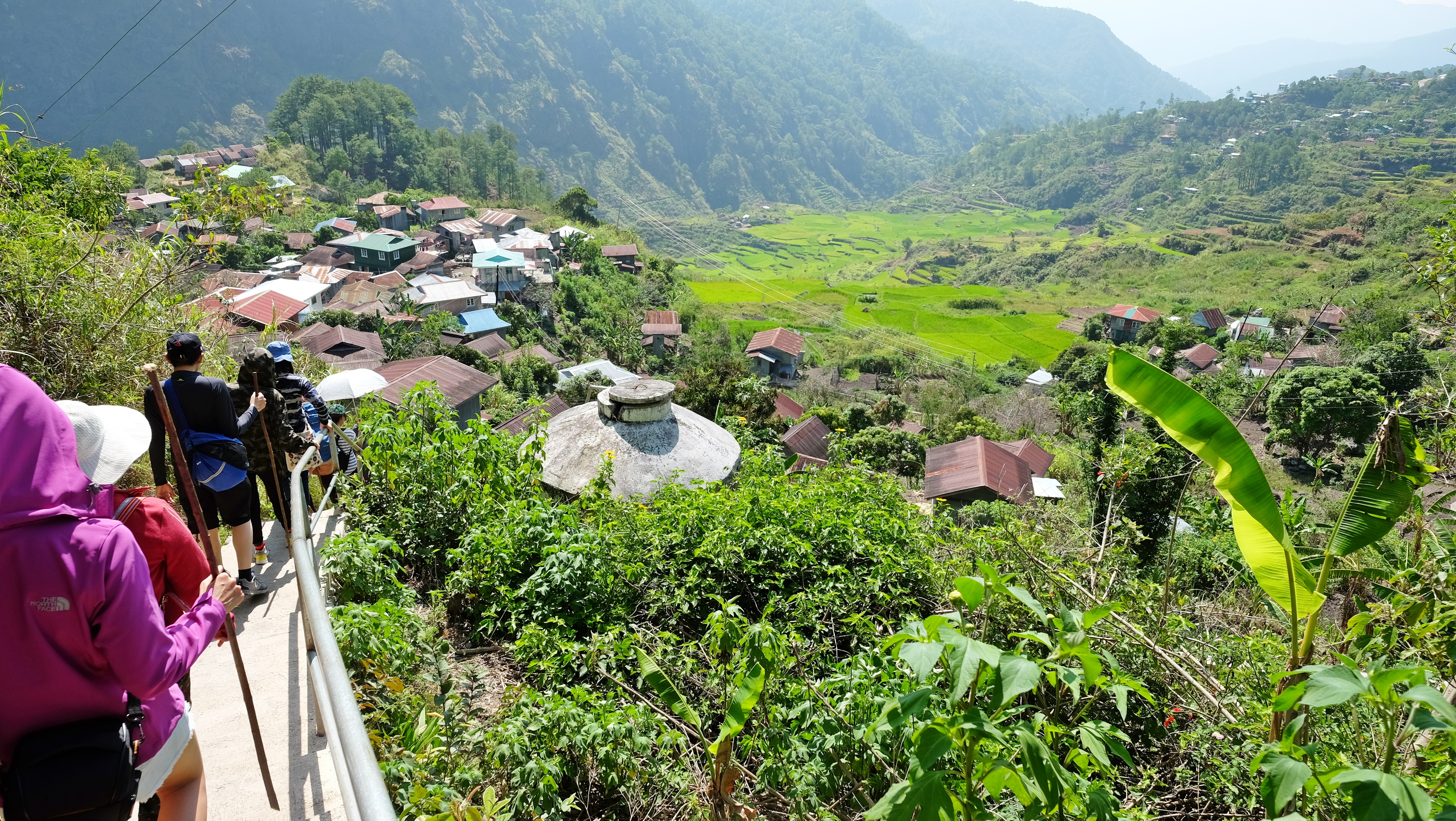
We got so perspired and sometimes so out of breath that we needed to stop for respite. The beautiful landscapes looked so photogenic and seeing glorious views of the valley with rice terraces was quite rewarding. Upon reaching the falls, some of us soaked in the cold waters. The down-pouring falls is about 200 feet tall splashing down on its basin pool having a below 15 degrees Celsius. Swimming is allowed. It’s okay to spend some time here but make sure to save energy for the grueling ascending steps on the way back. 😉
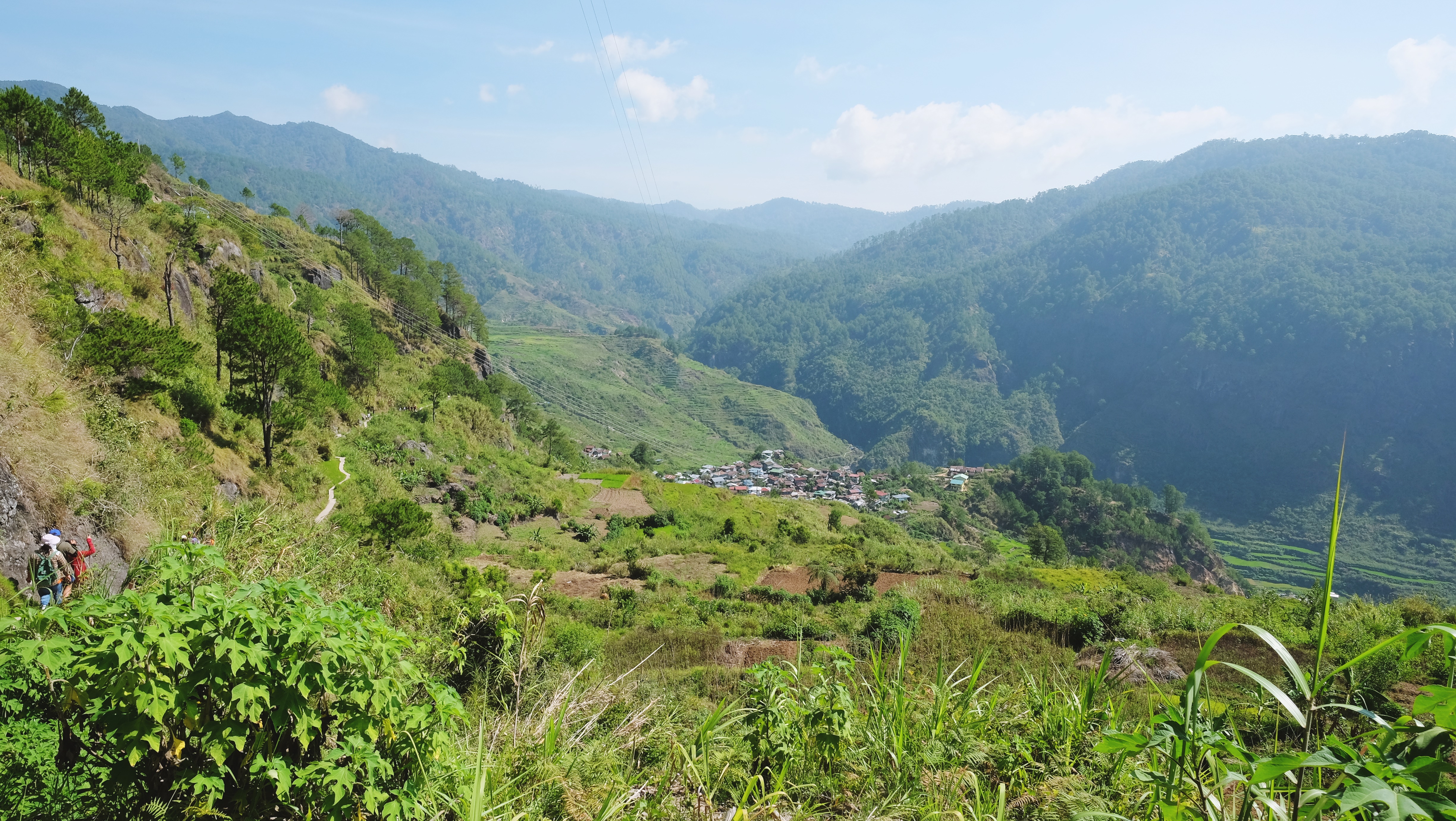
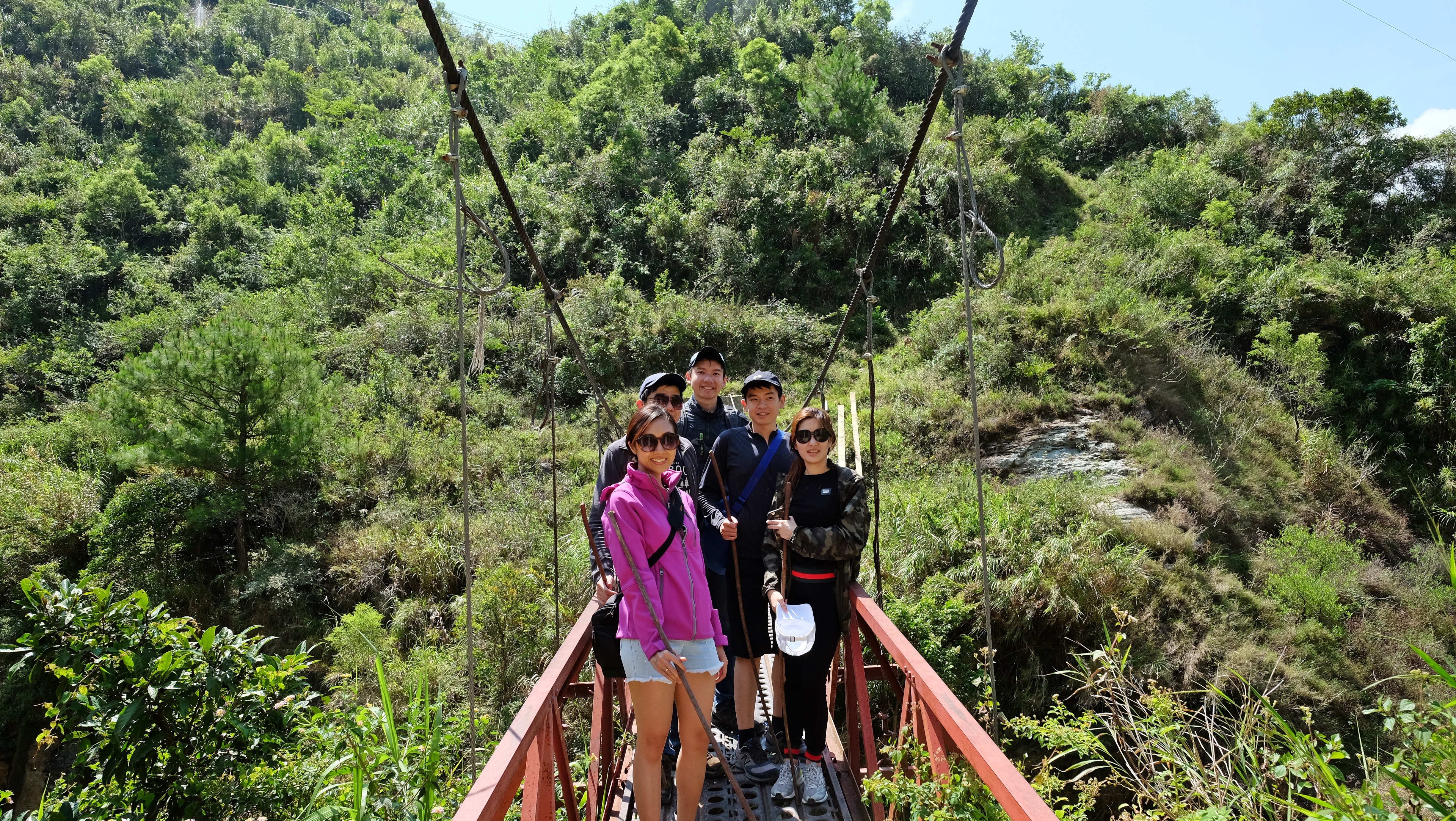
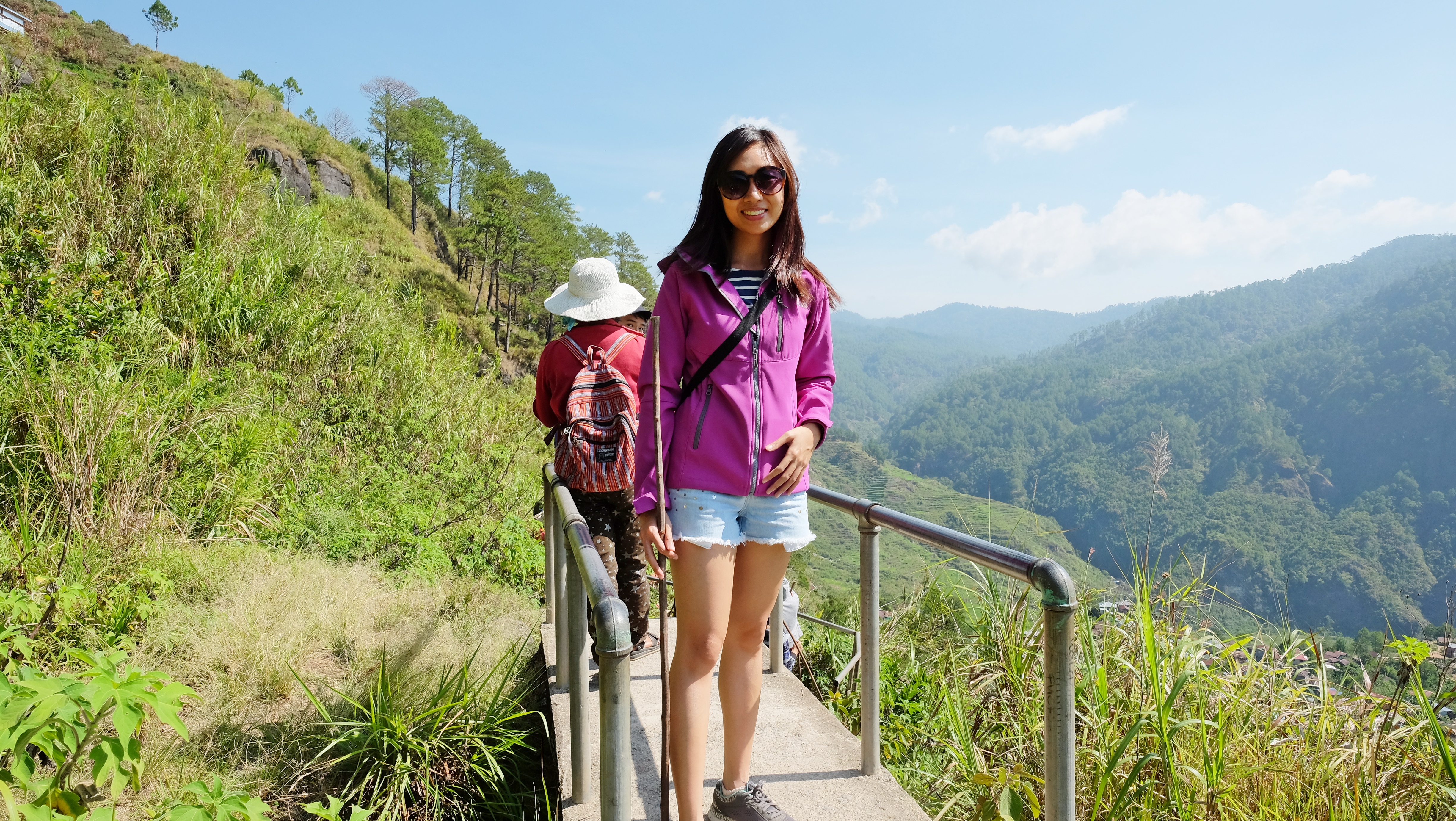
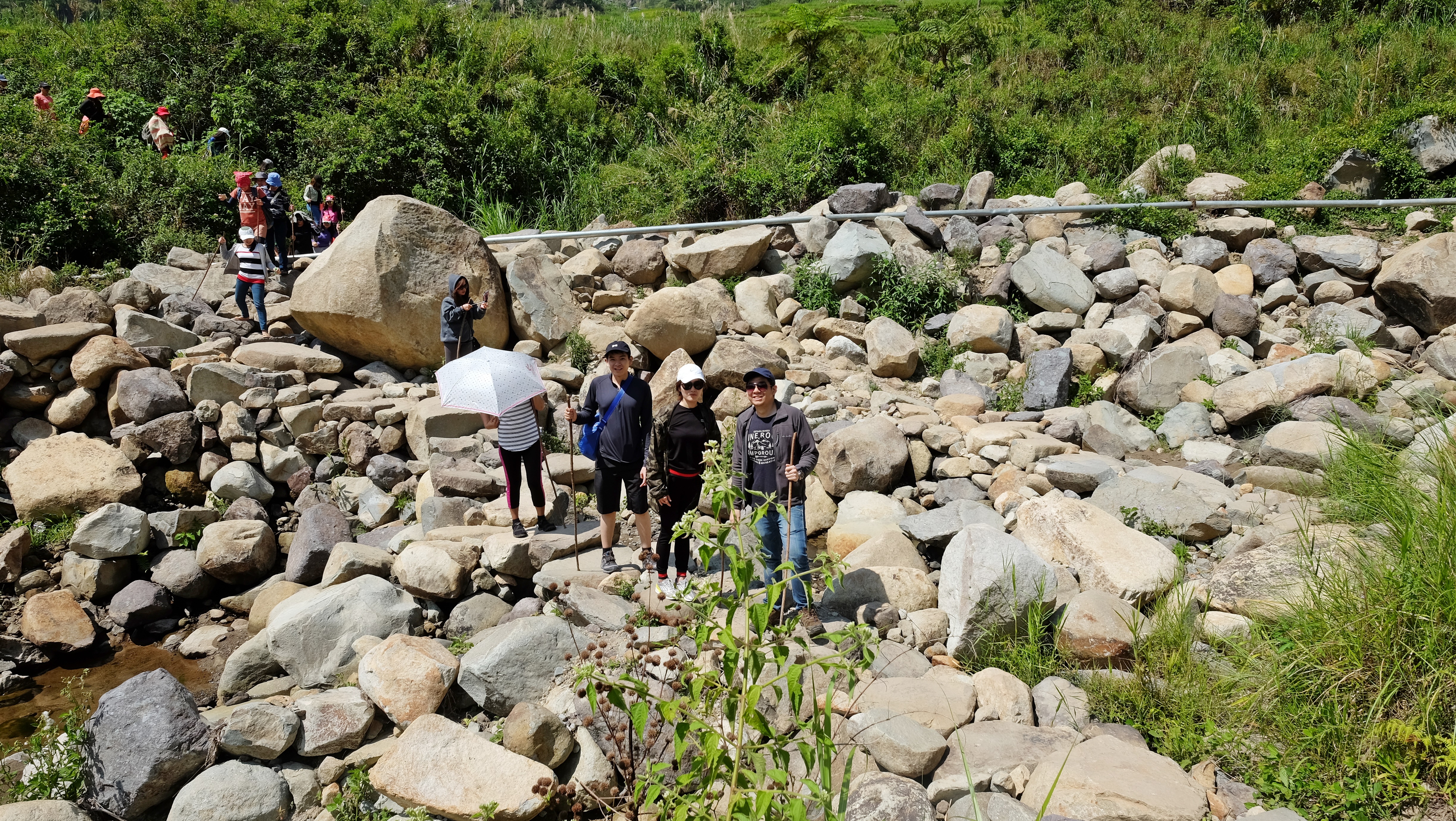

4. Lumiang Burial Cave
Another traditional way of burying the deceased aside from hanging coffins is by stacking the coffins at the opening of the cave per the belief that light coming in will protect the soul of the dead from bad spirits. Coffins stacked one after another create an entire wall. There’s at least a hundred of them that have been there for over 500 years. Visiting Lumiang Burial Cave will make you see this wonder. We asked if the relatives of those buried here do visit the dead. The local guide said that they don’t but instead, they perform rituals at home. Trekking takes about an hour.


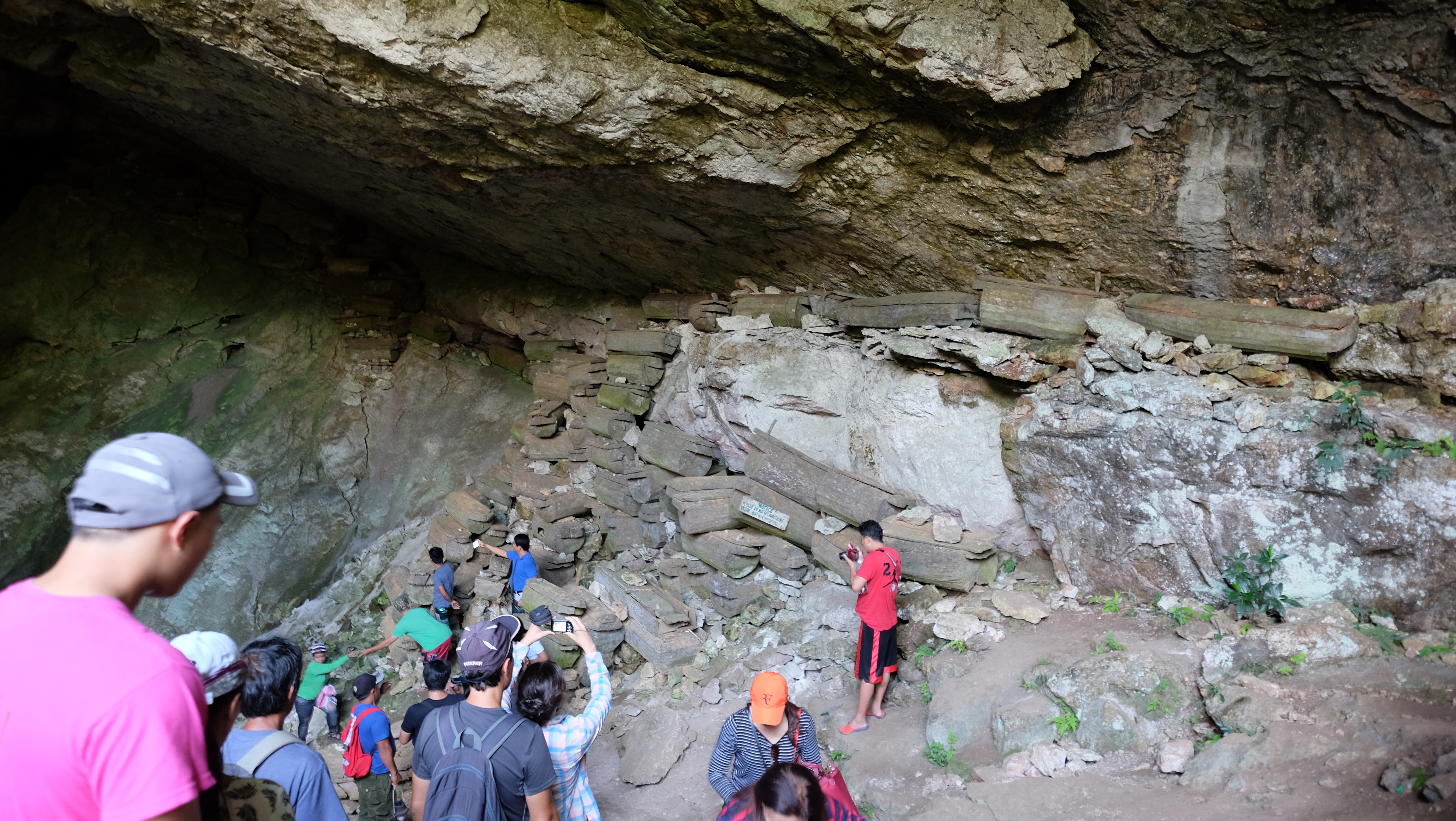
The Lumiang Burial Cave is another route to get to the Sumaguing Cave (Sagada Cave Connection). It’s a thrilling adventure that’s recommended for people who always look for any possible experience. You definitely have to be a bit athletic and be extra cautious because there are slippery rocks and you could easily get cut. There is a lack of ropes, no guard rails, no lighting, and one foot slip might end in death.

5. Kiltepan Viewpoint
We woke up one morning at 4AM to see the sunrise at the Kiltepan Viewpoint. Unfortunately, Mr. Sun did not show up on time and we justify at 5:30AM when it did. 🙁 This place was made famous by the movie, so as expected, there’s a lot of tourists going up here. It was so crowded and felt like we were still in Manila. We didn’t see the sun but only cloudy a sea of clouds and a good view of the mountains. To kill time, we ate breakfast and bought food from vendors. We also got to try Sagada’s famous lemon pie.

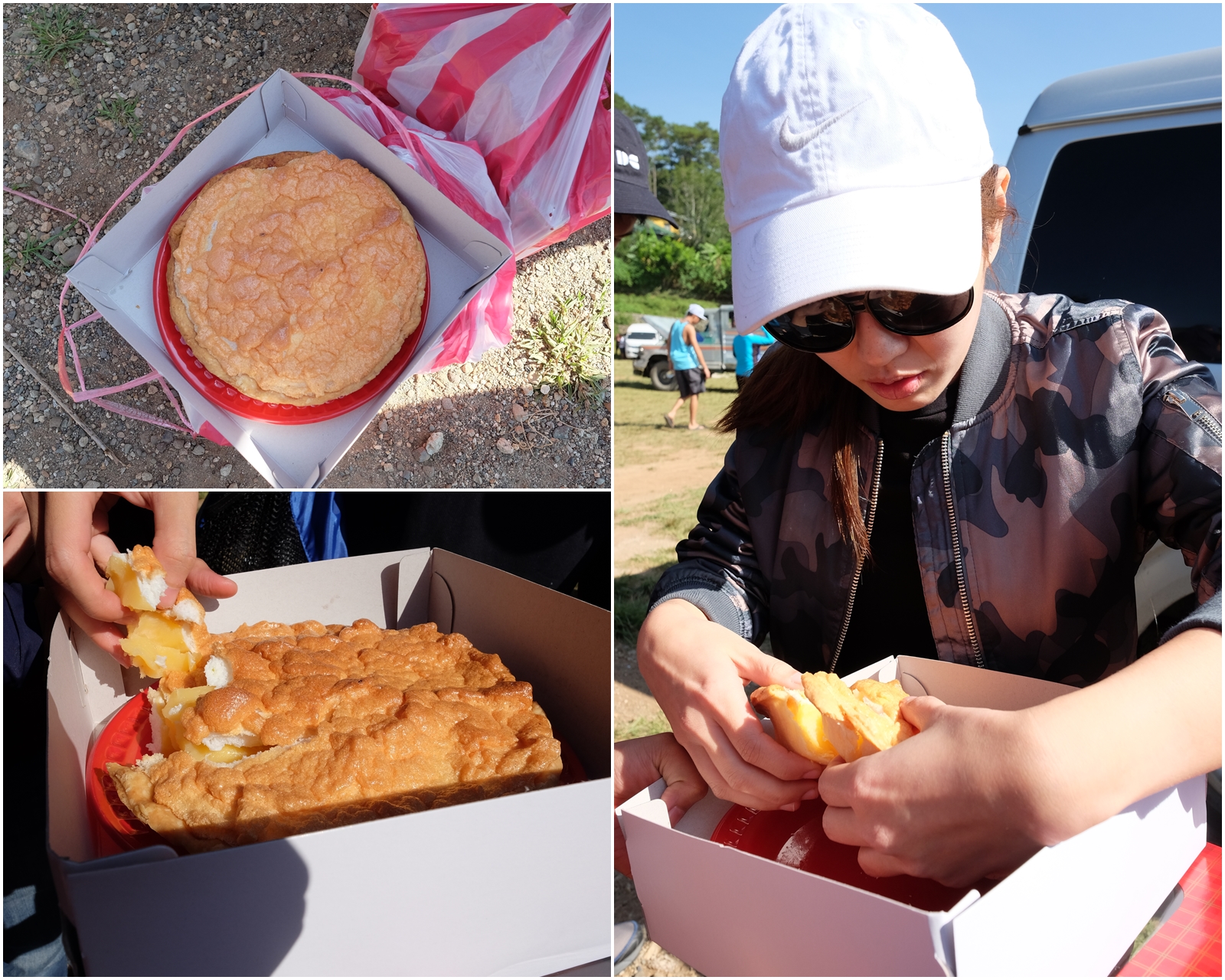
6. Lake Danum
Lake Danum is where tourists go to see sundown. Locals say it offers the best view of sunset in Sagada, but the lake itself is nothing to be excited about. It seemed more like a pond, very plain with brown muddy water, and it looked like nothing lived in it. Lake Danum has its charm though. It’s serene and a good place for picnic. It’s also where we tasted several flavors of yogurt.
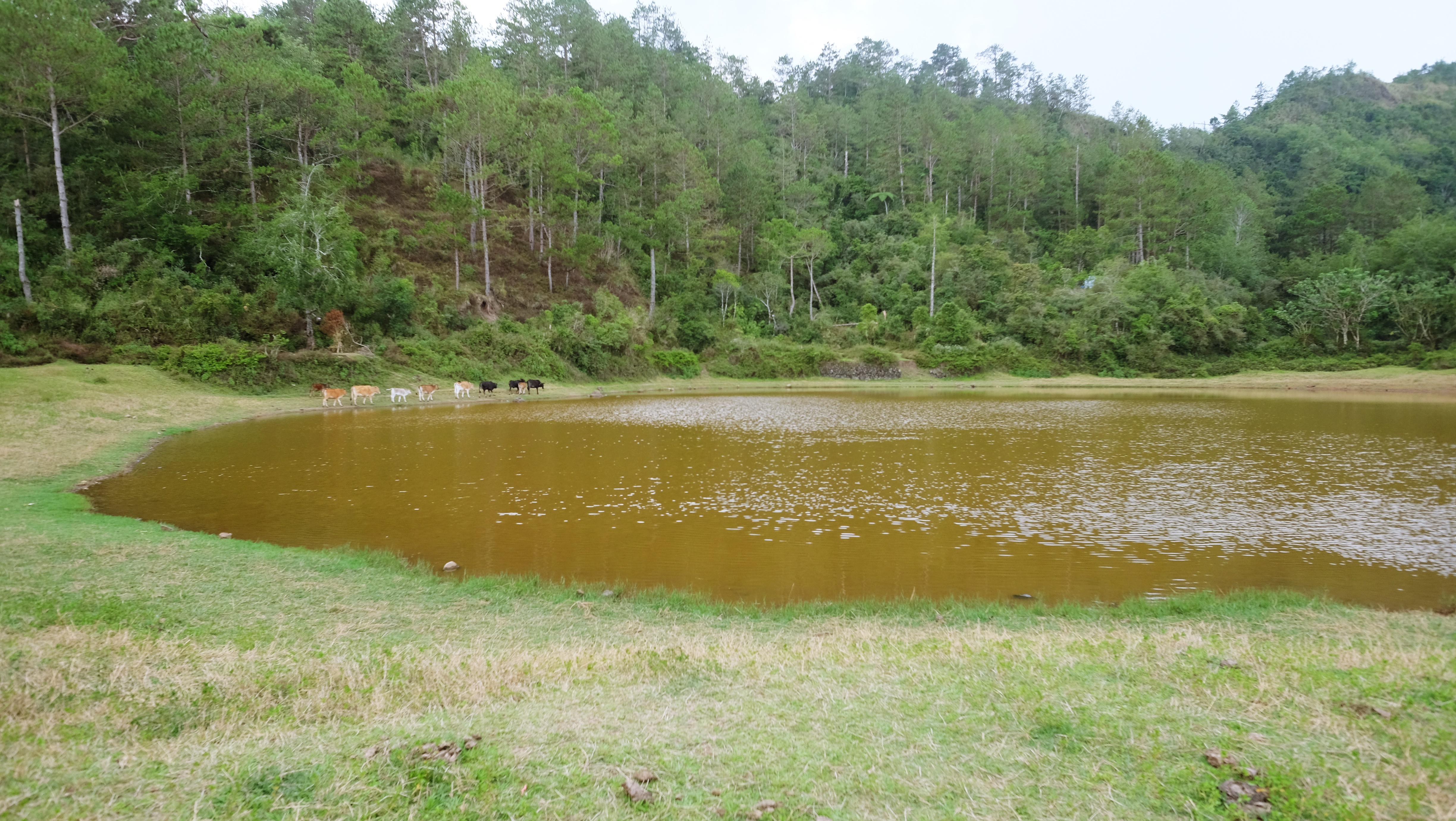

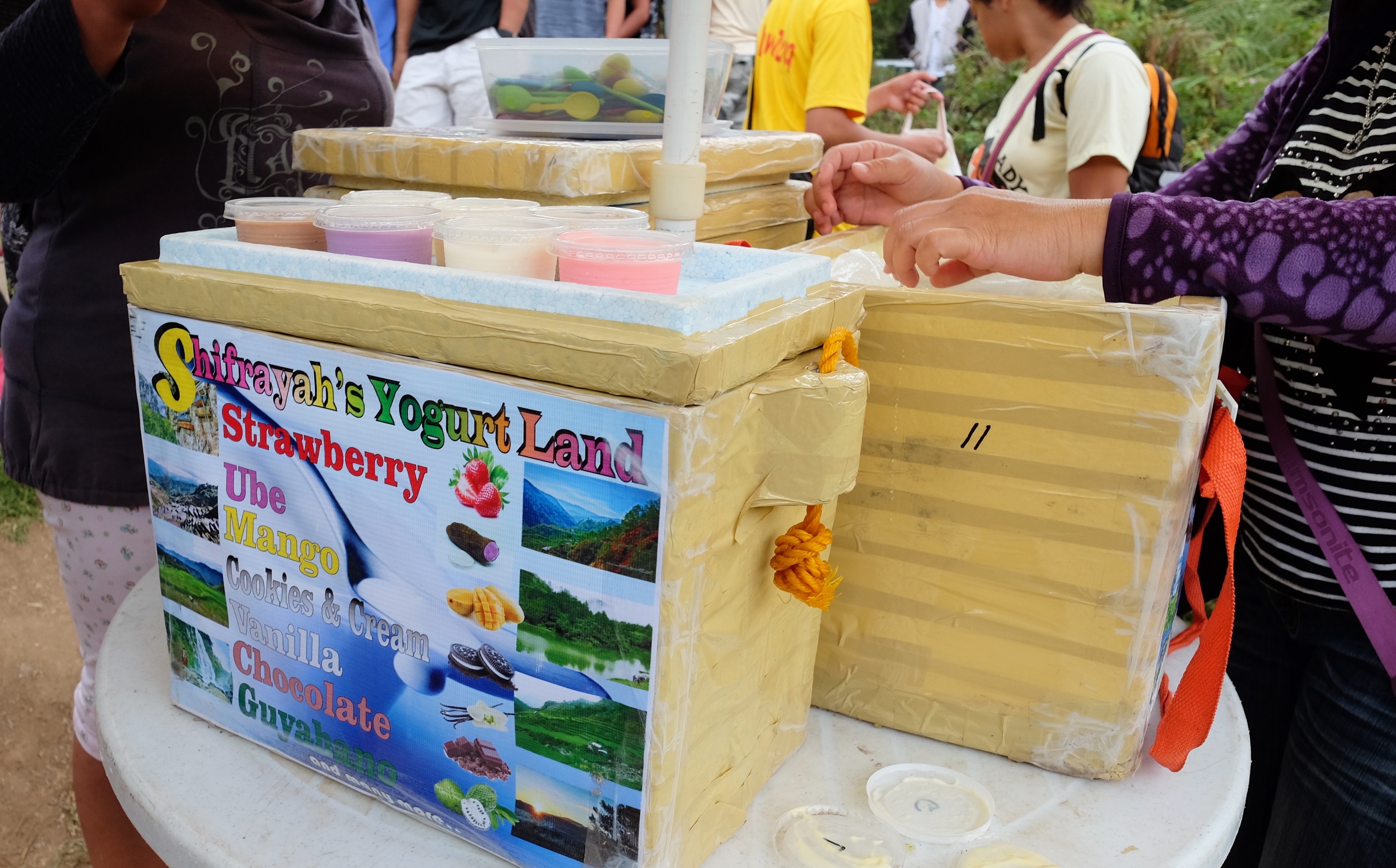
Again, the trip up is a bit tiring because it’s steep. We were ahead of others in reaching the viewing deck and was disappointed because we only saw the mist and thick clouds covering the sun. The place can be skipped if you’re not really into watching the sunset.
7. Yoghurt House
Yoghurt House was about 15-20 minutes of walking distance away from our hotel. It’s very popular since it has been voted as the number-one restaurant in Sagada for its yogurt. We ordered their best-sellers but didn’t find the yogurts tastier and better than those served in Manila. Texture was thick like mayonnaise and taste was just bad. In any case, they say that a Sagada trip is not complete without a moment at Yoghurt House. If you love yogurt, follow your heart, and if it’s not too busy, you may have a religious experience.
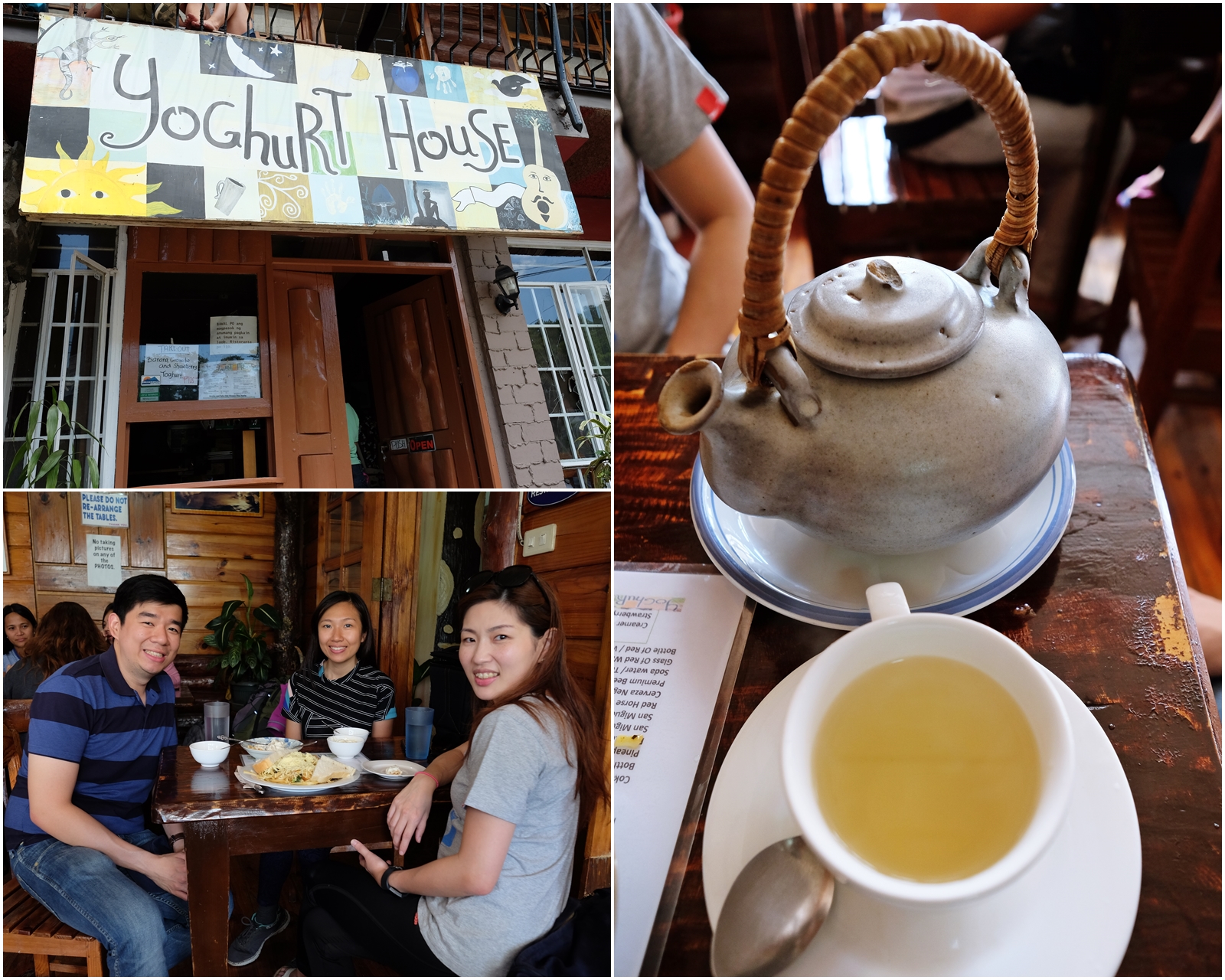
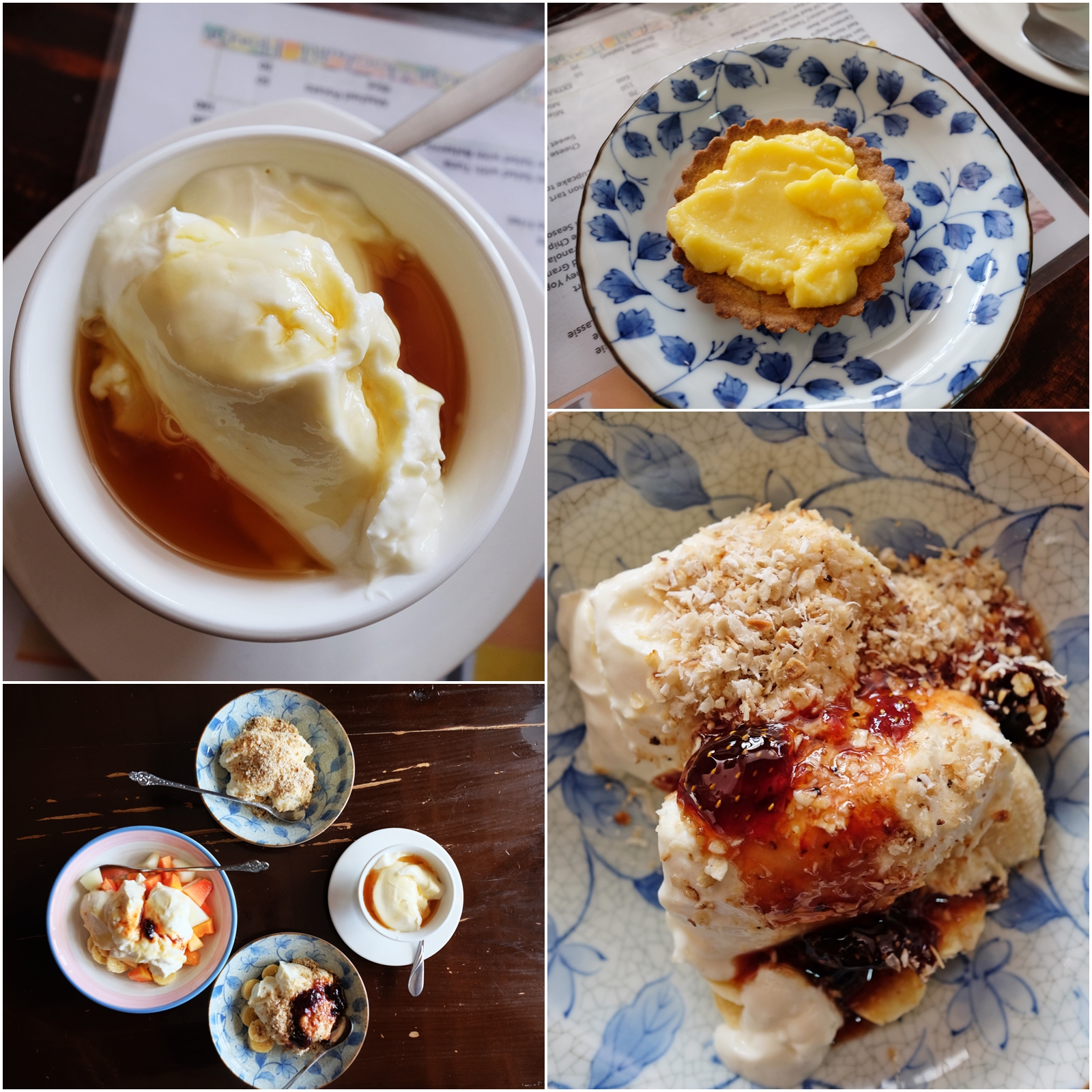
8. Sagada Pottery and Training Center
Located on the road going to Danum Lake, Sagada Pottery is housed in an almost run-down shop. It’s actually a workshop and a gallery of the great pottery artisans of Sagada. Pieces of finished pottery are displayed in the area, and earthenware can be purchased for a nice souvenir with prices ranging from Php 200 and above. A live narrative demo is presented to show how pottery started in Sagada. The fee depends on the number of people per group.


9. Sagada Weaving
If you’re looking for hand-woven items, Sagada Weaving is a recommended destination. Tourists are prohibited to take pictures of the workers, so I was careful not to include them in the frame. There’s a store selling souvenirs and another area at the back where people demonstrate the use weaving machines to make the handicraft products. Sagada Weaving is a good example of how Filipinos do craftsmanship with style, comfort, toughness, price and fashion.


10. Ganduyan Museum
The Ganduyan Museum is a private property owned by a family in Sagada. It did not look attractive from the outside, so we were a bit surprised with the large collection of antiques inside the museum. Mr. Aben, the son of the collector named Christina Aben, introduced us to every curated item and told about his mom’s interest with the artifacts. All of us viewers were seated on the floor, while he did the orientation.
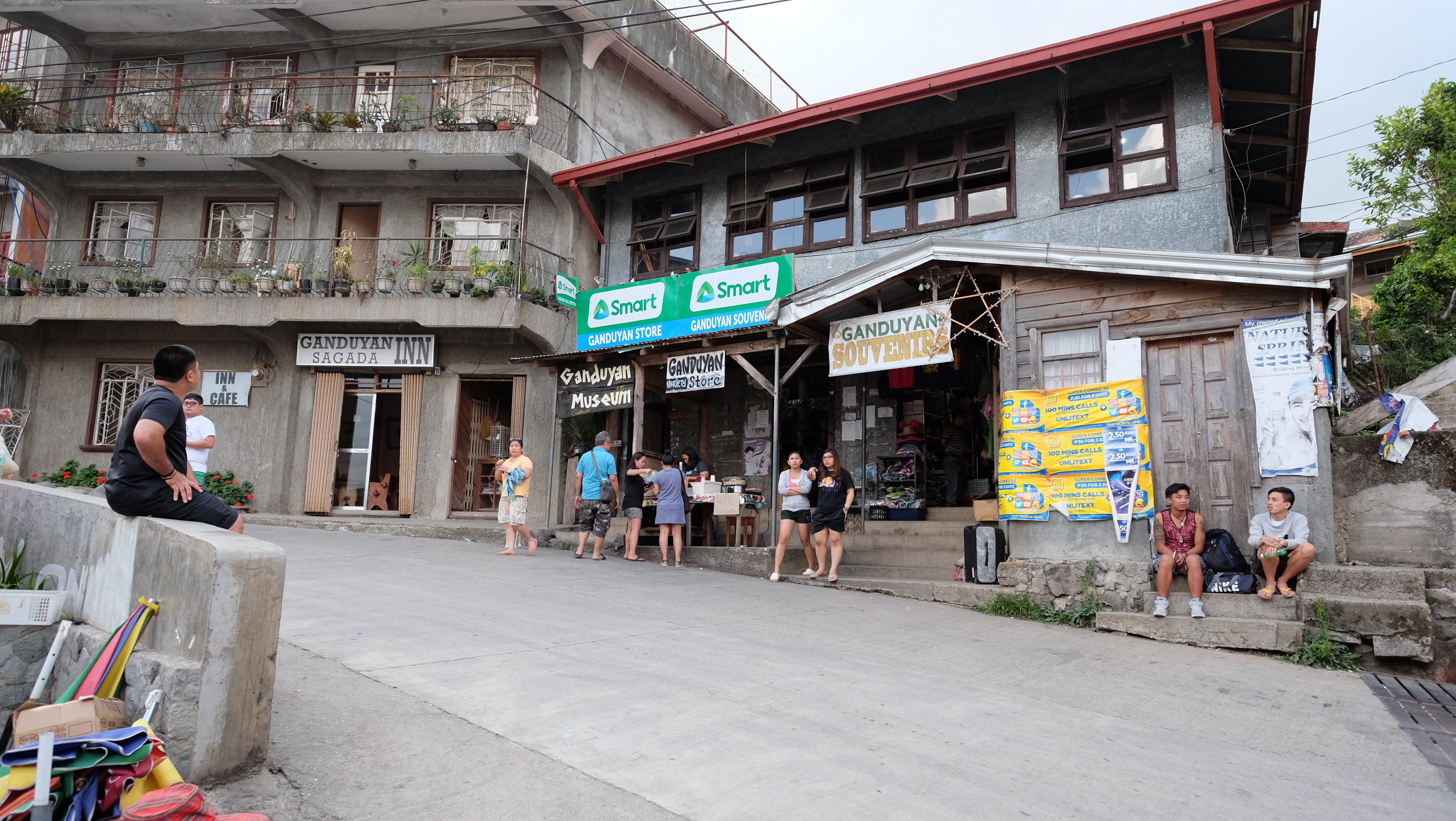
The 20-minute session was educational and informative. Hearing his story is a good way to appreciate the true value of family tradition, the history of Sagada and its people. The museum will be expanded and will be relocated to another place soon.

Wrap Up
Sagada is a beautiful place in the Philippines where tourists spend most of the time trekking, hiking, visiting historical sites, and food-tripping. We enjoyed the peace and serenity but were not so happy with the really hot climate in the morning until the afternoon when we expected to experience cool climate in the Mountain Province from day to night. Three days were enough for us to see the major sights. If you’re planning to go, take cash with you because the whole town only has one ATM which is not always working.

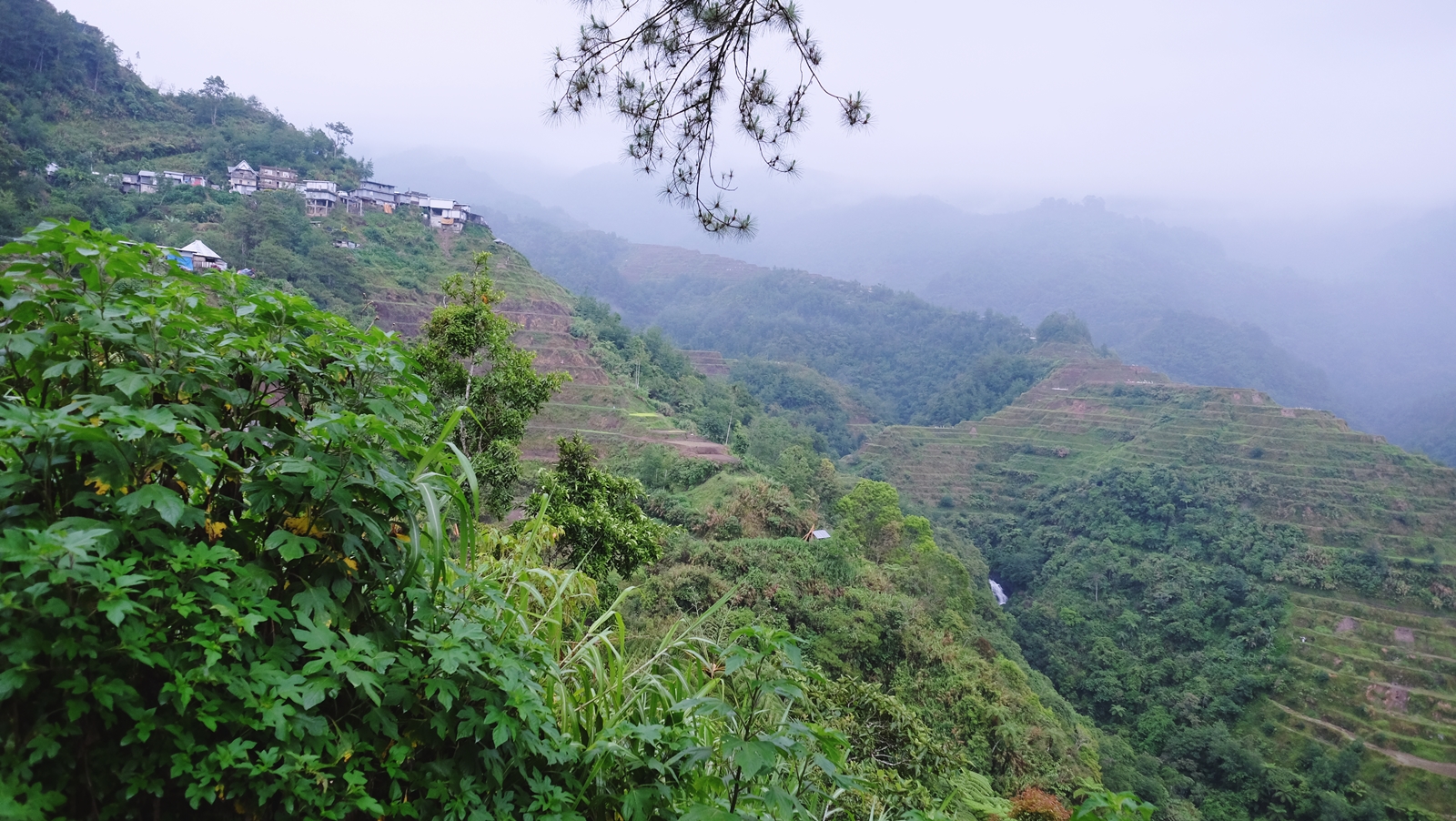
Leave a Reply to Marvi of Osmiva Cancel reply